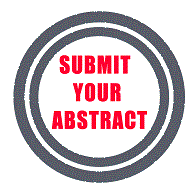Call for Abstract
Scientific Program
6th Global Summit on Heart Congress, will be organized around the theme “Theme: A Global Perspective on Heart Diseases”
Heart Congress2025 is comprised of keynote and speakers sessions on latest cutting edge research designed to offer comprehensive global discussions that address current issues in Heart Congress2025
Submit your abstract to any of the mentioned tracks.
Register now for the conference by choosing an appropriate package suitable to you.

